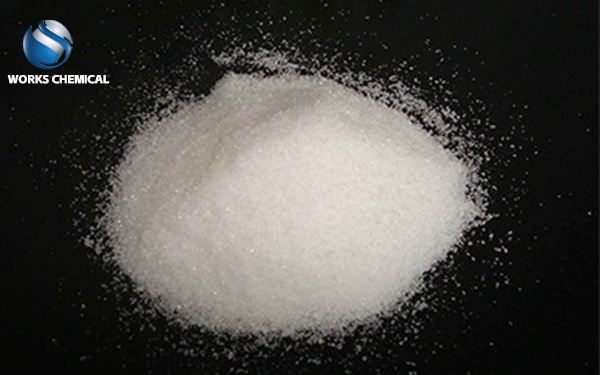
1. Select the right sludge conditioner: Select the right sludge conditioner according to the nature of the sludge (such as moisture content, organic content, pH value, etc.). In general, the sludge containing higher organic matter requires the use of conditioning agents with strong affinity; The sludge with higher moisture content needs to use a conditioner with strong dewatering capacity.

2. Add the right amount of sludge conditioner: according to the manufacturer's recommendations, add the right amount of sludge conditioner to the sludge. In general, the amount added is 0.1% to 5% of the sludge mass. It should be noted that the addition of too much may affect the sludge treatment effect, and even lead to waste of agents.
3. Stirring evenly: After adding the sludge conditioner, the sludge and the conditioner are fully mixed with a mechanical mixer to ensure the effective effect of the agent.
4. Adjust the pH value: For some specific sludge conditioners, it may be necessary to adjust the pH value of the sludge to obtain the best treatment results. In general, a pH between 6 and 9 is more appropriate. The pH can be adjusted by adding an acidic or alkaline buffer solution.
5. Precipitation separation: After a certain time of stirring and action, the water in the sludge will be adsorbed or replaced by the conditioner to form larger solid particles. At this time, these solid particles can be separated from the mud by precipitation separation.